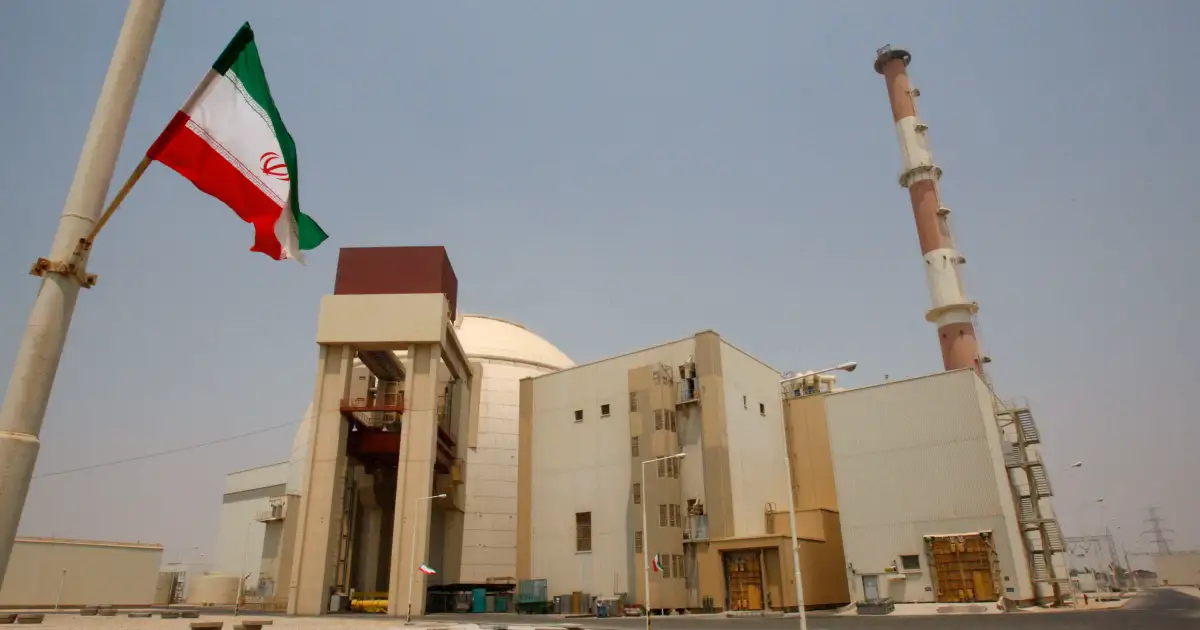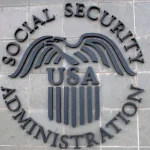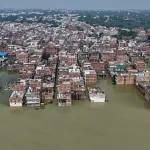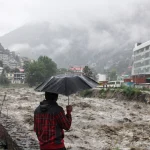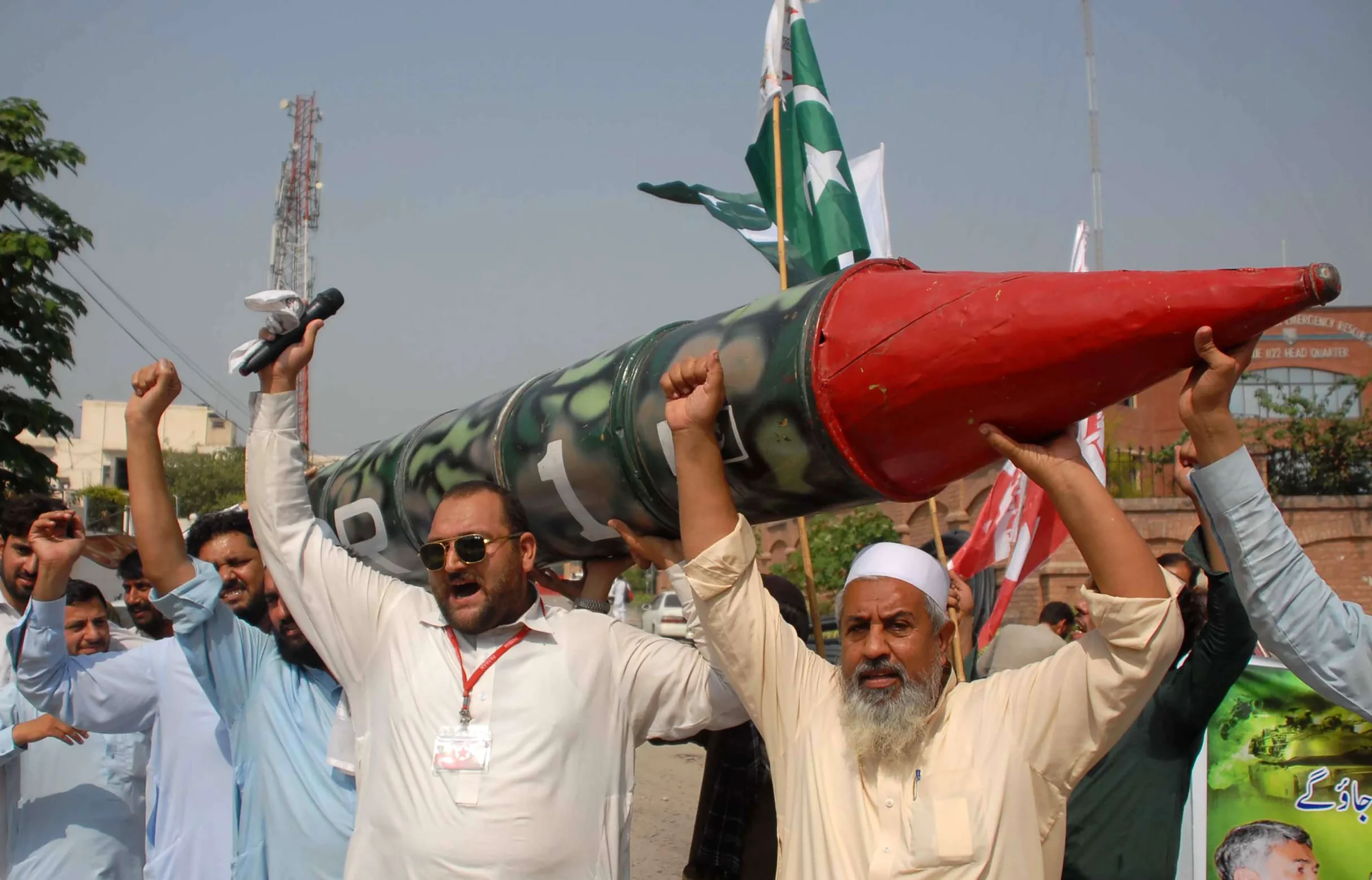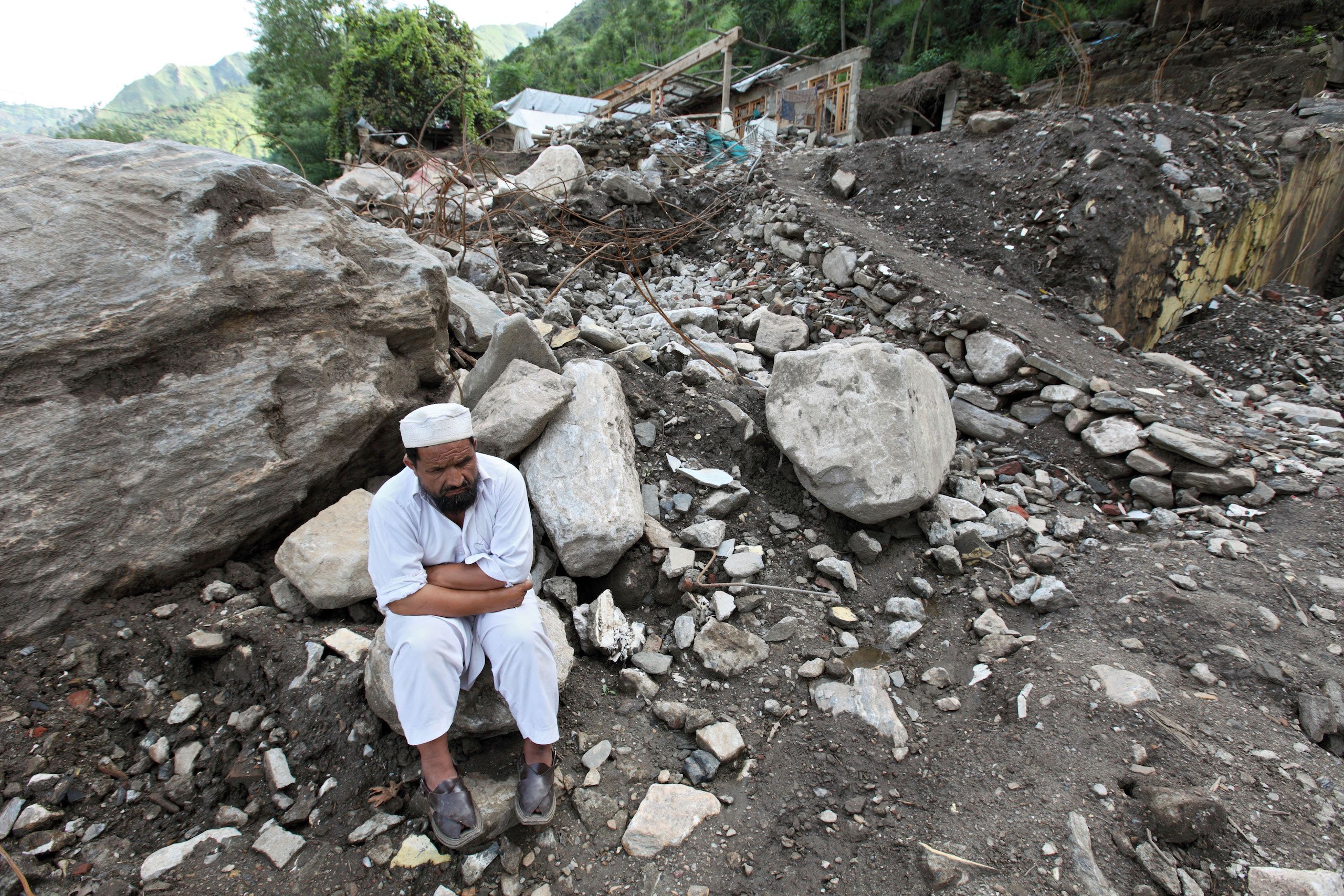The Iran nuclear issue has once again surged into international headlines, with renewed talk of “snapback sanctions” threatening to destabilize the fragile geopolitical landscape of the Middle East. These sanctions, if reimposed, could intensify tensions between Tehran and the West, complicate regional security, and impact global oil markets. For policymakers, businesses, and citizens worldwide, the stakes could not be higher.
- Understanding Snapback Sanctions: A Return to Pressure
- The JCPOA’s Fragile History: From Hope to Stalemate
- Global Reactions: Divisions Among World Powers
- Regional Fallout: The Middle East on Edge
- Economic Consequences: Oil Markets and Beyond
- Expert Perspectives: Voices on the Crisis
- The Human Angle: Life Under Sanctions
- Looking Ahead: The Uncertain Path Forward
- Three possible scenarios emerge:
- FAQs
- Conclusion:
The term snapback sanctions refers to the automatic reimposition of international penalties on Iran if it is deemed to be in violation of its commitments under the nuclear agreement, known as the Joint Comprehensive Plan of Action (JCPOA). First signed in 2015, the JCPOA was intended to curb Iran’s nuclear ambitions in exchange for sanctions relief. However, with years of distrust, political changes, and allegations of noncompliance, the deal’s survival hangs by a thread.
This article takes a deep dive into what snapback sanctions are, why they matter, and how they could further deepen the Iran nuclear crisis. By examining the history, global reactions, regional dynamics, and potential consequences, we can better understand why this issue is at the center of international diplomacy today.
Understanding Snapback Sanctions: A Return to Pressure
Snapback sanctions are not a new concept. When the JCPOA was negotiated, world powers—including the United States, the United Kingdom, France, Germany, Russia, and China—agreed that if Iran breached its commitments, sanctions could “snap back” into place without requiring fresh approval from the United Nations Security Council.
This mechanism was designed to ensure compliance and provide leverage. Essentially, it means that if any signatory believes Iran is not honoring its commitments, they can trigger the process, and previous UN sanctions targeting Iran’s oil exports, banking sector, and weapons program would automatically return.
However, the practical reality is more complicated. Since the U.S. withdrew from the JCPOA in 2018 under then-President Donald Trump, Washington has already reimposed its own unilateral sanctions. Iran responded by gradually scaling back its compliance, enriching uranium beyond agreed limits.
The revival of snapback sanctions now threatens to escalate matters further, placing Tehran under maximum economic and diplomatic isolation while leaving little room for negotiation.
The JCPOA’s Fragile History: From Hope to Stalemate
When the JCPOA was signed in 2015, it was hailed as a landmark diplomatic achievement. Barack Obama called it a “historic understanding,” while European leaders celebrated the deal as a way to prevent war and open the door for engagement with Iran.
The agreement limited Iran’s nuclear enrichment to 3.67%, capped its stockpile of enriched uranium, and imposed strict monitoring by the International Atomic Energy Agency (IAEA). In exchange, Iran gained relief from crippling sanctions that had strangled its economy, particularly its oil exports.
Yet the deal was controversial from the start. Critics argued it provided only temporary restrictions and ignored Iran’s ballistic missile program and regional activities. Israel vehemently opposed it, calling it a “historic mistake.”
When Donald Trump pulled the U.S. out of the deal in 2018, Washington reinstated sanctions, pressuring Iran’s economy and discouraging European companies from doing business with Tehran. Iran, in turn, expanded its nuclear activities, arguing that other signatories had failed to deliver on promises of sanctions relief.
Today, efforts to revive the JCPOA have stalled. The Biden administration initially sought a return to the deal, but mistrust, domestic politics, and shifting alliances have complicated talks. The prospect of snapback sanctions now adds an additional layer of uncertainty.
Global Reactions: Divisions Among World Powers
The debate over snapback sanctions has created rifts among global powers.
The United States remains determined to prevent Iran from acquiring a nuclear weapon. American officials argue that snapback sanctions are essential to pressure Tehran back into compliance.
European nations such as France, Germany, and the United Kingdom are more cautious. While they share concerns about Iran’s nuclear program, they fear that sanctions could eliminate the last chance for diplomacy.
Russia and China, both signatories of the JCPOA, have strongly opposed unilateral sanctions. They argue that Washington’s withdrawal undermined the agreement in the first place, and they now maintain closer ties with Tehran.
This split in the international community makes coordinated enforcement of sanctions difficult. Iran has exploited these divisions, deepening trade ties with China and engaging in energy cooperation with Russia.
The lack of a unified front risks weakening the effectiveness of snapback sanctions and further complicates the already fragile situation.
Regional Fallout: The Middle East on Edge
Snapback sanctions could unleash ripple effects across the Middle East.
Iran’s response: Tehran has threatened to accelerate uranium enrichment if faced with new sanctions, potentially reaching weapons-grade levels. Such a move would cross a dangerous threshold, raising the risk of military confrontation.
Israel’s position: Israeli leaders have consistently warned that they will not tolerate a nuclear-armed Iran. They may consider unilateral action, including cyberattacks or even military strikes, if diplomacy fails.
The Gulf States: Countries such as Saudi Arabia and the United Arab Emirates fear that a weakened Iran could lash out through proxy groups in Yemen, Lebanon, and Iraq. These states also worry about oil market volatility triggered by sanctions.
Turkey and others: Regional powers may see the crisis as an opportunity to expand their own influence, adding another layer of complexity.
The Middle East has long been a flashpoint for global conflict, and the imposition of snapback sanctions risks igniting old rivalries in new ways.
Economic Consequences: Oil Markets and Beyond
The economic stakes are just as high as the political ones.
Iran is home to some of the world’s largest oil reserves. Before U.S. sanctions, it exported nearly 2.5 million barrels of oil per day. Today, its exports are significantly reduced, but Iran continues to sell oil, particularly to China, often through shadow networks.
If snapback sanctions are enforced, Iranian oil exports could fall further, tightening global supply and pushing up prices. At a time when the global economy is already struggling with inflation and energy shortages, this could be disastrous.
Beyond oil, sanctions would cripple Iran’s banking system, limit access to international markets, and worsen living conditions for ordinary Iranians. Inflation in Iran already exceeds 40%, and unemployment remains high. The return of snapback sanctions would deepen economic misery, fueling public discontent and possibly sparking protests.
However, sanctions often fail to achieve their intended goal. Rather than forcing governments to change behavior, they sometimes harden positions, pushing states toward alternative alliances. In Iran’s case, this could mean closer ties with Russia and China, diminishing Western influence in the region.
Expert Perspectives: Voices on the Crisis
Experts warn that relying too heavily on sanctions could backfire.
Former U.S. diplomat Wendy Sherman, one of the chief negotiators of the JCPOA, once noted, “Sanctions are a tool, not a strategy. Without diplomacy, they achieve little more than pain.”
Analysts from the International Crisis Group argue that snapback sanctions risk “driving Iran’s nuclear program underground, beyond the reach of inspectors, and into a far more dangerous trajectory.”
Meanwhile, Iranian officials insist that sanctions are part of an ongoing campaign of “economic warfare” and vow not to bow to pressure.
The Human Angle: Life Under Sanctions
While much of the debate focuses on nuclear capabilities and geopolitical strategies, it is ordinary Iranians who bear the brunt of sanctions.
Stories of families struggling to buy basic medicine, small businesses collapsing under inflation, and students unable to access international education highlight the devastating human toll. Sanctions, critics argue, often punish civilians more than governments.
At the same time, sanctions can empower hardliners within Iran, who use external threats to rally domestic support and suppress dissent. This dynamic risks prolonging authoritarian rule rather than encouraging reform.
Looking Ahead: The Uncertain Path Forward
The question now is whether the world can find a diplomatic path forward or whether snapback sanctions will mark the final collapse of the JCPOA.
Three possible scenarios emerge:
Renewed Diplomacy: Despite setbacks, international negotiators may still find a way to revive talks, offering Iran limited sanctions relief in exchange for nuclear restrictions.
Escalation: Snapback sanctions trigger retaliation, pushing Iran closer to weapons capability and raising the risk of military conflict.
Stalemate: Neither diplomacy nor sanctions achieve decisive results, leaving the crisis unresolved and dangerous.
Each path carries risks, but most experts agree that the costs of escalation are far higher than the challenges of negotiation.
FAQs
What are snapback sanctions on Iran?
Snapback sanctions are the automatic reimposition of international penalties if Iran violates the terms of the 2015 nuclear deal, restoring restrictions on oil, banking, and weapons programs.
Why is the JCPOA important?
The JCPOA is crucial because it aimed to prevent Iran from developing nuclear weapons while opening avenues for economic cooperation and regional stability.
Who supports snapback sanctions?
The U.S. strongly supports them, while European allies remain cautious, and Russia and China oppose them.
How would sanctions impact Iran’s economy?
Sanctions would further restrict oil exports, banking, and trade, worsening inflation and unemployment, and deepening hardship for ordinary Iranians.
Could sanctions stop Iran’s nuclear program?
Sanctions alone are unlikely to stop Iran’s nuclear ambitions. Experts argue that without diplomacy, sanctions risk hardening Tehran’s stance and pushing its program underground.
Conclusion:
The looming threat of snapback sanctions highlights the fragile state of global diplomacy. While designed as a mechanism to ensure compliance, their reimposition could deepen the Iran nuclear crisis rather than resolve it.
For the international community, the stakes are enormous. The Middle East’s stability, global energy markets, and the future of nuclear nonproliferation all hang in the balance. The choice between confrontation and negotiation will shape not only Iran’s future but also the trajectory of global security in the years to come.
As policymakers debate the merits of snapback sanctions, one truth remains clear: sustainable solutions require dialogue, trust-building, and a willingness to move beyond the cycle of pressure and retaliation.


